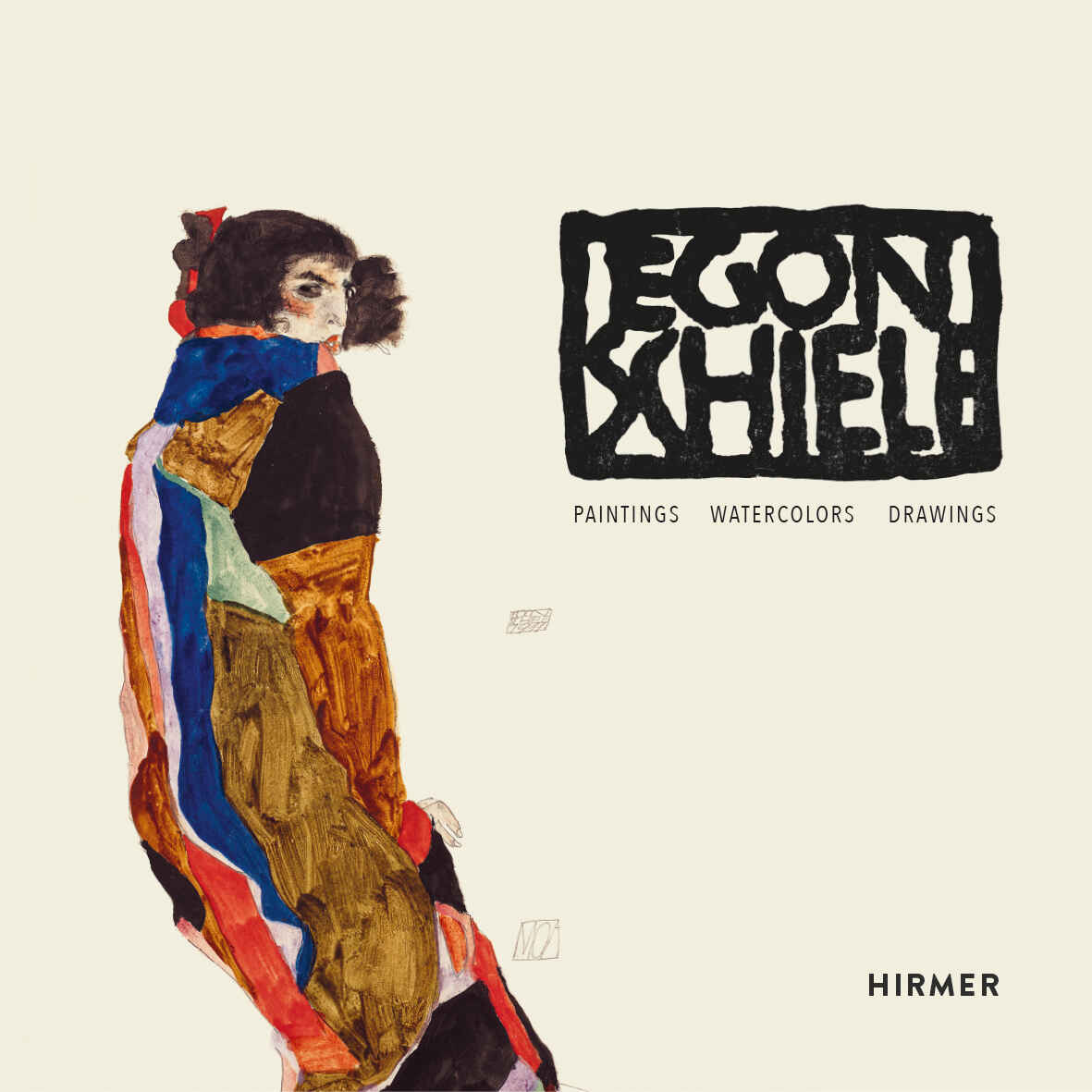
The art collection of the Austrian ophthalmologist Rudolf Leopold (1925-2010) contains over 5,000 objects. The core of Sammlung Leopold is comprised of more than 40 paintings, more than 180 drawings and watercolors as well as countless autographs by Egon Schiele (1890-1918), which makes it the world’s largest and most important Schiele collection.
In addition, the famous Sammlung Leopold contains works by a number of other artists from the epoch “Vienna around 1900” (German article about the exhibition at Leopold Museum: Vienna 1900: Birth of Modernism; English catalogue from Amazon.com, Amazon.co.uk, Amazon.fr, Amazon.de) as well as from the 19th and 20th centuries. In addition to paintings, watercolors, drawings, sculptures, furnishings and autographs, the collection also includes works from East Asia, Africa as well as objects of European folk art.
In 1973, Phaidon Press published Rudolf Leopold’s book Egon Schiele: Paintings, Watercolors, Drawings. At that time, the Austrian Expressionist was still barely known internationally. The first edition soon went out of print. For a planned second edition Leopold made additions and corrected the text with handwritten notes. These have been incorporated into the present, revised 2nd edition published in December 2020 (English edition: Amazon.com, Amazon.co.uk, Amazon.fr, Amazon.de).
Rudolf Leopold wrote this book after 20 years of collecting and research. He visited people who had known the artist personally, most notably Schiele’s sister Melanie Schuster-Schiele; his sister-in-law, Ada Harms (sister of Edith Schiele); Anton Peschka; Rüdiger Engerth; Arthur Roessler; Otto Nirenstein-Kallir; and Vita Künstler.
Early on, Rudolf Leopold had also begun collecting books and essays on Schiele by Heinrich Benesch, Anton Faistauer, Fritz Karpfen, and Arthur Roessler. He collected contemporary pamphlets, the series Bildende Künstler, copies of Die Aktion, and autographs, letters from and to Schiele, examples of his poetry, and finally documents and old photographs.
Important to his research were his travels to places where Schiele had lived and painted, including to Stein on the Danube, to the ancient town Krumau on the Moldau (now Český Krumlov), his mother’s birthplace, which Schiele visited time and again. In one chapter of the present publication, photographs of Schiele’s Krumau motifs are juxtaposed to his finished paintings. In the first edition, this Motif Guide caused a sensation, and still today it forms an important part of the book.
The editors write that, wherever possible, sources have been added to the new edition; where information is lacking, it could no longer be identified. All of the pictorial material has been newly photographed and the whereabouts of works in the plates section have been updated.
Leopold’s life-long love for art was awakened when, at the age of 22, he visited Vienna’s Kunsthistorisches Museum for the first time. The works by Old Masters such as Rembrandt, Vermeer, Brueghel and Velázquez deeply impressed him to the point that he was determined to surround his life with art. In his extended search for an artist who could inspire him, he discovered the first Egon Schiele catalogue raisonné by Otto Nirenstein-Kallir from 1930. Rudolf Leopold later wrote: “Schiele’s works showed me that even in our century there are artists as magnificent as the Old Masters—and who moreover have the virtue of dealing with issues of our time.”
In their works, the Expressionists — and especially Egon Schiele — dealt with the human condition. Schiele created a new body language, expressing emotional states such as ambivalence, despair and existential fear in a new way, by elongating and distorting the human body. Angularity and emaciation, abrasiveness and eccentricity characterize his depictions of nudes particularly.
In 1908 and 1909, Egon Schiele was influenced by Gustav Klimt’s style but, already in 1910, he made a radical break from it and attained his artistic independence. He replaced the Viennese Jugendstil with a provocative Expressionism which made him relevant to art history.
In the preface to the new edition of Rudolf Leopold’s book, the editors write that there were several reasons why the ophthalmologist and art collector wrote the present monograph on Egon Schiele. First, he wanted to make Schiele better known, and to emphasize particularly the stature of his explosive Expressionism from the years 1910 to 1915, for previously it was the work from Schiele’s last years, his most mature period, that was greatly admired. Second, he wanted to place the paintings, watercolors and drawings in the context of the separate stages in the artist’s development. In their expressiveness and composition the majority of the watercolors and drawings are consummate works of art.
Rudolf Leopold divided Schiele’s oeuvre into five stylistic phases, each of which is discussed in detail. The most important works are introduced with more extensive commentaries in which Leopold paid particular attention to composition. In addition, the collector touches on their expressive strength and their subject’s inner feelings.
If only the artist had lived longer. What else could he have achieved? In October 1918, within three days, Egon Schiele and his wife Edith, who was six months pregant, died from the Spanish flu. On her death bed, the artist made two drawings of his wife (pp. 492 and 493). They are Schiele’s last works.
Rudolf Leopold: Egon Schiele: Catalogue raisonné. Paintings, Watercolors, Drawings. Hardcover, Hirmer Verlag, revised 2nd edition, December 2020, 728 pages with 931 illustrations in colour and black and white, 30 × 30 cm. Order the English edition from Amazon.com, Amazon.co.uk, Amazon.fr, Amazon.de.

For a better reading, quotations and partial quotations in this book review are not between quotation marks. Book review added on May 13, 2022 at 15:28 Austrian time.